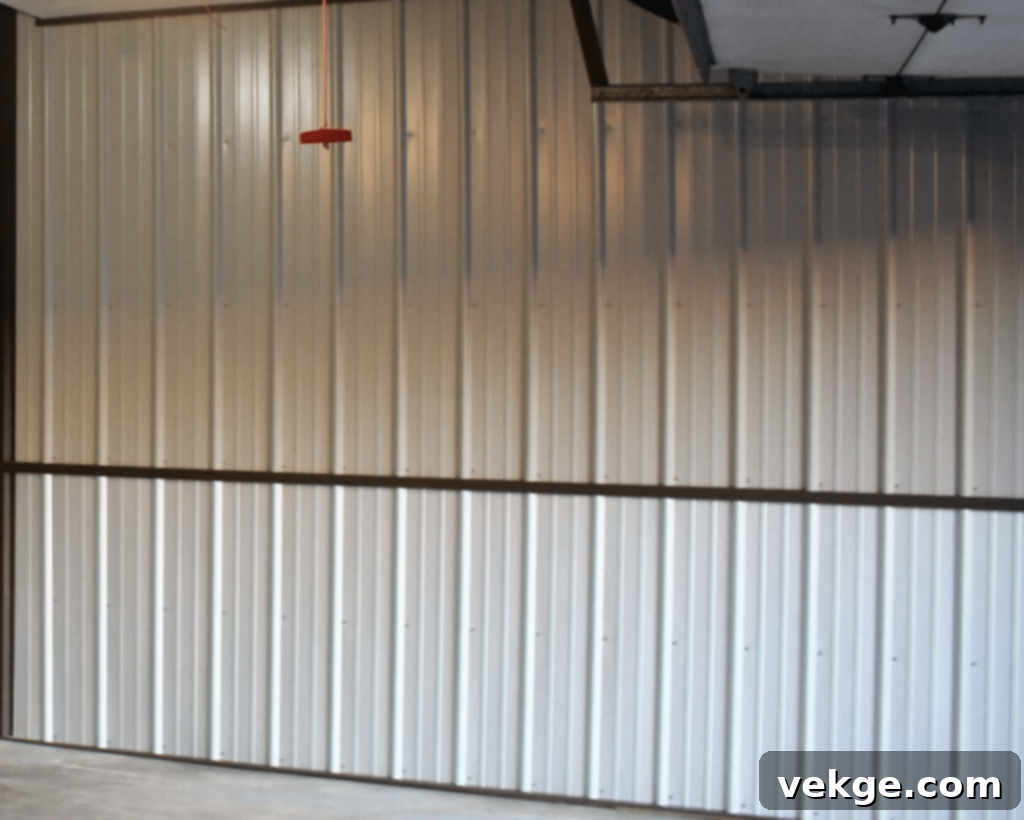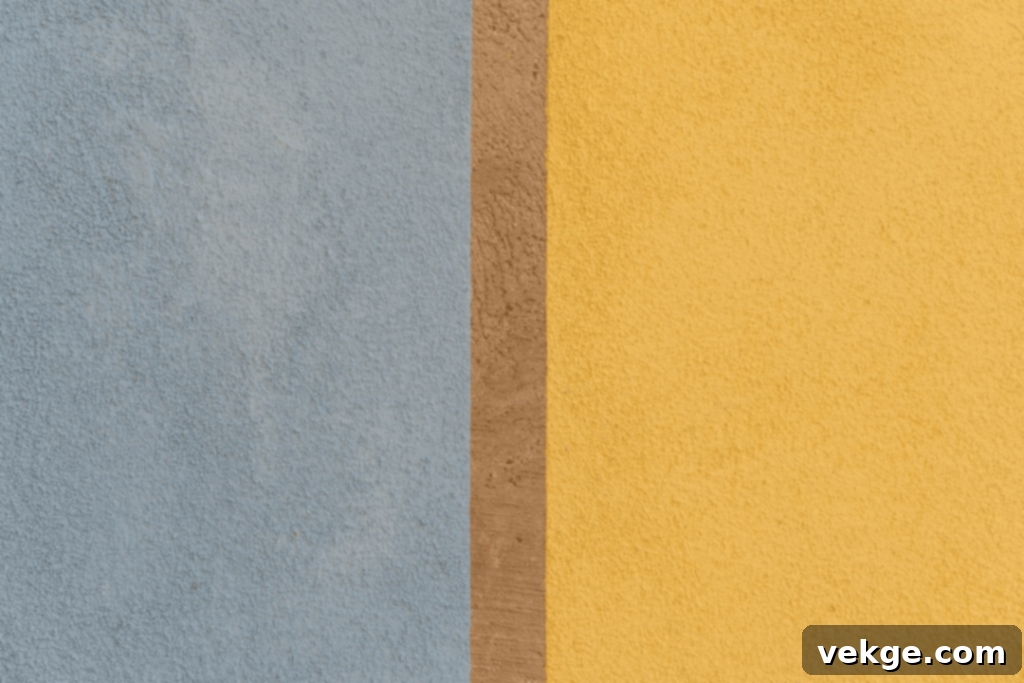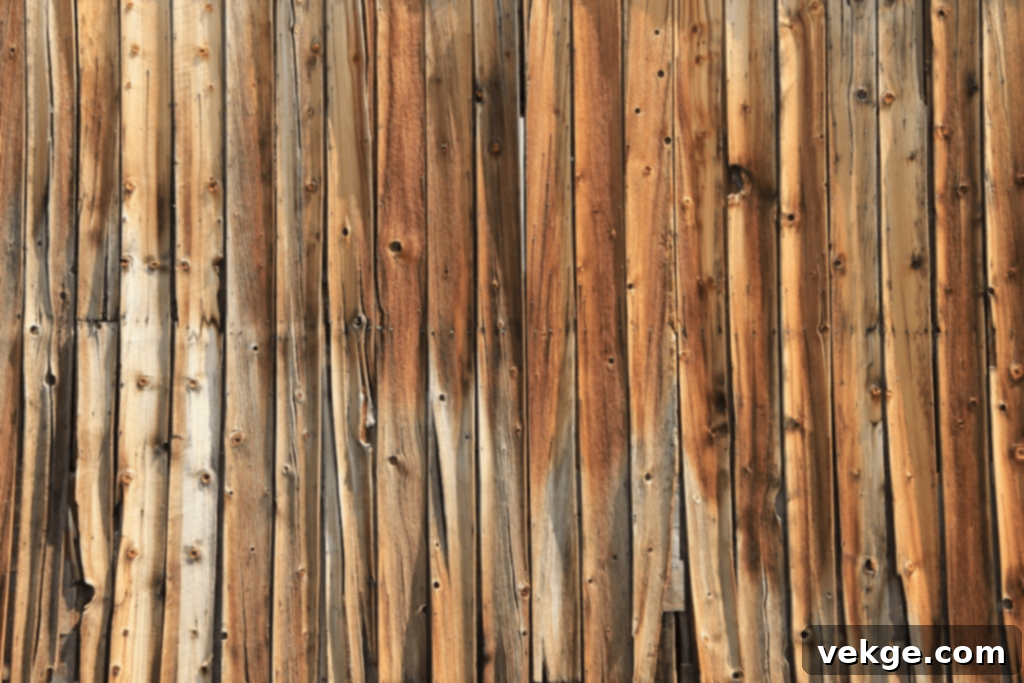The Ultimate Guide to Choosing Interior Materials for Your Shed or Garage
The global steel industry is experiencing a significant boom, with production reaching an impressive 6.9 million metric tons in March 2024, a notable 6.5% increase from the prior month. This surge reflects a growing appreciation for durable, versatile materials, especially among DIY enthusiasts and homeowners looking to optimize their spaces. While steel is often celebrated for its exterior applications, its benefits extend wonderfully to interior projects, making it a top contender for shed and garage finishes. However, the world of interior finishing offers a diverse array of options, each with unique advantages. Your shed or garage isn’t just an external structure; its interior plays a crucial role in its functionality, longevity, and aesthetic appeal. Ensuring the inside is as reliable and visually pleasing as the outside is key to creating a truly useful and enjoyable space. Let’s explore some excellent suggestions to help you make the best choice for your needs.
Steel Siding: The Unbeatable Choice for Durability and Safety
While traditional plywood certainly has its merits in various applications, if you’re seeking an interior finish that can withstand significant wear and tear, high-quality steel siding should undoubtedly be at the top of your list. Its robust nature makes it an ideal solution for areas that see heavy use, such as workshops, storage spaces, or frequently accessed garages.
One of the most compelling reasons to opt for steel siding is its superior safety features. For anyone working with tools that might generate sparks, like grinders or welding equipment, steel offers excellent fire resistance. This creates an invaluable extra layer of protection, significantly reducing the risk of accidental fires during your projects. Beyond fire safety, steel provides unparalleled resilience against everyday impacts. It might incur a dent here or there from a dropped tool or shifting equipment, but it maintains its structural integrity and functionality for many years, proving to be a wise, long-term investment that minimizes the need for frequent repairs or replacements.
Furthermore, steel shines in environments where moisture can be a concern. Unlike wood-based materials such as plywood, which are prone to problems like mold growth, rot, and warping when exposed to dampness, steel remains largely unaffected by humidity or occasional leaks. You can have peace of mind knowing your walls won’t absorb water like a sponge, helping to keep your shed or garage environment healthier and your stored items protected. Cleaning is also a breeze; a simple wipe-down is often all that’s needed to keep steel surfaces looking pristine, contributing to a low-maintenance and hygienic space. Its inherent strength also makes it an excellent choice for mounting shelves, hooks, and heavy tools directly to the walls, offering versatile storage solutions without compromising structural integrity.

Drywall and OSB (Oriented Strand Board): Versatility and Practicality
Drywall: For a Smooth, Customizable Finish
Drywall, also known as plasterboard or gypsum board, is a popular choice for many who desire a smooth, clean, and easily customizable interior finish. Its uniform surface is perfect for painting, allowing you to unleash your creativity with a vast array of colors, textures, or even wallpaper. Beyond aesthetics, drywall offers good fire resistance, making it a safer option than many untreated wood products. This added protection can be particularly reassuring in a garage where various chemicals or flammables might be stored.
However, drywall does come with a significant consideration: its susceptibility to moisture. For a shed or garage, it’s crucial to ensure the structure is well-sealed and includes an effective vapor barrier. Without proper protection, drywall can absorb moisture, leading to softening, crumbling, mold growth, and an overall soggy mess. Fortunately, specialized moisture-resistant drywall (often green board or purple board) is available, offering enhanced protection for damp environments, though it still benefits from a well-sealed space. Installation involves taping and mudding the seams, followed by sanding and priming, which can be a bit labor-intensive but results in a seamless, professional look.
Oriented Strand Board (OSB): Robust and Cost-Effective
OSB, or Oriented Strand Board, is engineered wood made from layers of compressed, adhesive-bonded wood strands. It presents a slightly rough, flaked appearance that is distinct from the uniform grain of plywood. Revered for its structural integrity and durability, OSB can handle substantial wear and tear, making it a favorite for subflooring, roof sheathing, and wall sheathing in construction. Its robust nature means it can withstand impacts and support heavy loads when used for shelving or work surfaces.
One of OSB’s primary advantages is its cost-effectiveness, often making it a more budget-friendly alternative to plywood. While it doesn’t offer the same smooth finish as drywall for painting directly, it can be painted or covered if desired. Its strength and stability make it an excellent choice for a workshop or utility space where durability is prioritized over a polished aesthetic. Some prefer its raw, industrial look, making it a versatile option for various interior styles, especially when combined with clear sealants or stains to enhance its natural texture.
A Rustic and Stylish Look with Beadboard and Shiplap
Beadboard: Classic Charm and Durability
Beadboard is a fantastic shed-building material option for those aiming to infuse their space with a cozy, old-school charm. Characterized by its distinctive vertical grooves and raised beads, it evokes a classic, sometimes coastal or farmhouse, aesthetic. Traditionally made from wood, modern beadboard panels are also widely available in materials like MDF (Medium-Density Fiberboard) or fiber cement. Fiber cement beadboard, in particular, stands out for its resilience; it’s engineered to resist twisting, decaying, and even infestation by wood-eating insects. While it might come at a slightly higher price point than traditional solid wood, the benefits often outweigh the cost. You’re investing in a material that is safer, significantly longer-lasting, and demands considerably less upkeep, making it a practical choice for a beautiful and enduring interior.
Shiplap: Timeless Appeal and Easy Installation
Shiplap is another incredibly stylish and popular option for both interior and exterior applications. Its distinctive cut-out grooves allow panels to overlap tightly, creating a clean, horizontal or vertical line pattern that has become synonymous with modern farmhouse design. This interlocking feature not only contributes to its aesthetic appeal but also simplifies the installation process, making it a favorite among DIYers. The smooth, planed surface of shiplap means that, unlike some other wood products, it’s often ready for a fresh coat of paint without the need for extensive sanding beforehand, saving time and effort.
However, it’s important to consider your local climate when choosing shiplap. If you reside in a particularly humid area, you might want to exercise caution. Traditional wood shiplap has a tendency to warp and rot over time when consistently exposed to high levels of moisture, potentially compromising its appearance and structural integrity. For drier climates, however, shiplap offers a sleek, sophisticated look with minimal effort, providing an instant upgrade to any shed or garage interior. For humid environments, consider alternative materials like PVC shiplap, which mimics the look of wood but offers superior moisture resistance.

Cost-Effective and Creative Shed or Garage Interiors
MDF (Medium-Density Fiberboard): Smooth, Versatile, and Budget-Friendly
MDF, or Medium-Density Fiberboard, offers exceptional flexibility for creating a polished, room-like feel in your shed or garage. It’s an engineered wood product made by breaking down hardwood and softwood residuals into wood fibers, combining them with wax and a resin binder, and forming panels by applying high temperature and pressure. This process results in a remarkably smooth and uniform surface that is incredibly easy to work with, making it a favorite for DIY projects. Its edges cut cleanly, allowing for detailed designs, intricate routing, or a more finished, seamless look in built-ins or cabinetry.
MDF can be painted, stained, or treated to match virtually any style you’re aiming for, offering a versatile canvas for your interior design ideas. However, like many wood-based materials, MDF is susceptible to moisture. If your shed or garage is prone to dampness, MDF can soak up water, leading to swelling, warping, and damage. To mitigate this risk, it’s essential to apply a good quality wood preserver or moisture-resistant primer and paint. Ensuring adequate ventilation and a proper vapor barrier behind the panels can further protect MDF from the adverse effects of humidity, extending its lifespan and maintaining its aesthetic appeal.
Pallets: Unique, Upcycled, and Sustainable Charm
For those on a tight budget or seeking a truly unique, rustic, and environmentally friendly aesthetic, upcycled wooden pallets offer a fantastic solution. They bring an undeniable charm and character to any space, perfectly embodying an “upcycled” design philosophy. Pallet walls can transform a plain shed or garage into a visually interesting and inviting area, reflecting creativity and resourcefulness.
When choosing pallets for interior use, safety is paramount. Always confirm that the pallets are safe for indoor applications by looking for the IPPC (International Plant Protection Convention) marking. This stamp guarantees that the wood has been treated to be free from insects or disease. The safest options are typically heat-treated (HT) or kiln-dried pallets, as these methods do not involve harmful chemicals and are generally safe for human health and indoor air quality. Conversely, it is crucial to avoid pallets marked with “MB” (Methyl Bromide) or “CP” (Chemical Pressure), as these indicate chemical treatments that can release toxic fumes and are not suitable for interior use. With proper selection and preparation (cleaning, sanding, and sealing), pallets can provide a durable, distinctive, and incredibly cost-effective finish for your shed or garage interior, making a strong statement about sustainable living.

Key Factors to Consider When Selecting Your Interior Materials
Choosing the right interior material for your shed or garage involves more than just aesthetics; it requires a thoughtful consideration of several practical factors:
- Intended Use: Will your space be a workshop, a simple storage area, a home gym, or a creative studio? Heavy-duty use often calls for more durable materials like steel, while a clean, climate-controlled space might benefit from drywall.
- Climate and Moisture Levels: As discussed, some materials (like untreated wood, MDF, and even drywall) are highly susceptible to moisture, warping, mold, or rot. If you live in a humid area or your structure isn’t perfectly sealed, prioritize moisture-resistant options or ensure robust vapor barriers and ventilation.
- Budget: Materials range significantly in price, from cost-effective pallets and OSB to more premium options like specialized steel panels or fiber cement beadboard. Factor in not just the material cost but also installation expenses, as some options require more labor or specialized tools.
- Maintenance Requirements: Consider how much time and effort you’re willing to dedicate to upkeep. Steel siding is incredibly low-maintenance, while painted drywall might require occasional touch-ups, and wood products may need sealing or re-finishing over time.
- Aesthetic Appeal: What look and feel do you want for your space? From the sleek industrial look of steel to the classic charm of shiplap or the modern finish of drywall, your choice will define the ambiance.
- DIY Skill Level: Some materials are more forgiving and easier for a beginner to install (like shiplap with its interlocking grooves), while others, like drywall finishing, might require more patience and practice for a professional result.
By carefully evaluating these factors, you can make an informed decision that ensures your shed or garage interior is not only beautiful but also perfectly suited to your needs and built to last.
Need a Little More Space for The Perfect Shed or Garage?
After envisioning the perfect interior for your shed or garage, you might find yourself wishing for a bit more room to bring those dreams to life. Imagine having ample space to build the workshop you’ve always wanted or a sprawling storage solution that perfectly accommodates all your gear. This dream can become a reality when you choose a home with a generous footprint and expansive property.
Consider the possibilities offered by A House in the Hills, a unique community that helps you enjoy the unparalleled peace and tranquility of nature without sacrificing comfort. Our hillside homes are designed to integrate seamlessly into the natural landscape, inviting the beauty of the outdoors directly into your living space. With larger plots and a focus on harmonious living, you’ll discover abundant room to create the ideal shed or garage, tailor-made to your specifications and filled with the interior materials you’ve just explored.
Step into a lifestyle where nature is your neighbor, and your property offers the flexibility for all your hobbies and storage needs. Learn more about becoming a valued member of the A House in the Hills community today, and begin building the shed or garage of your dreams in a setting that truly inspires.
